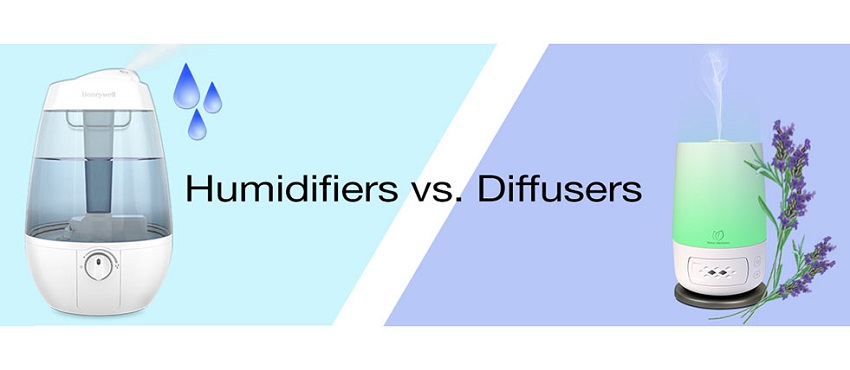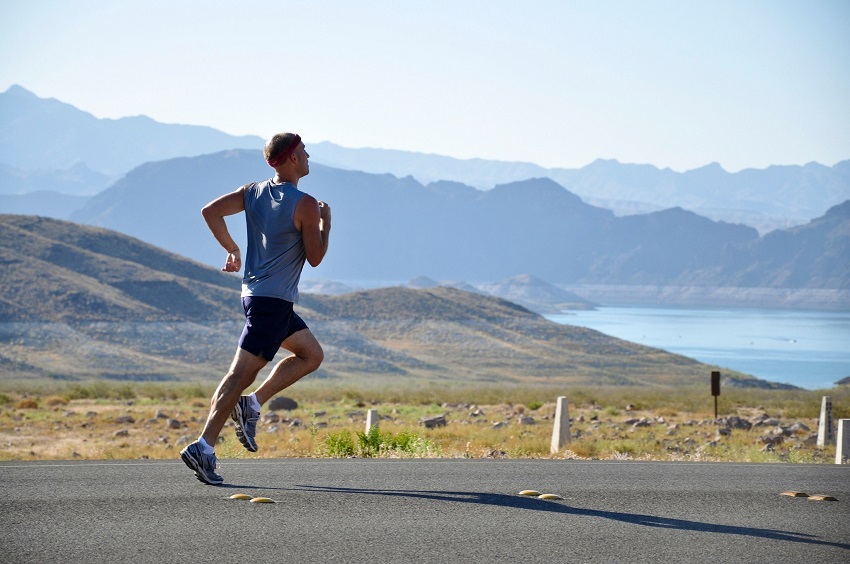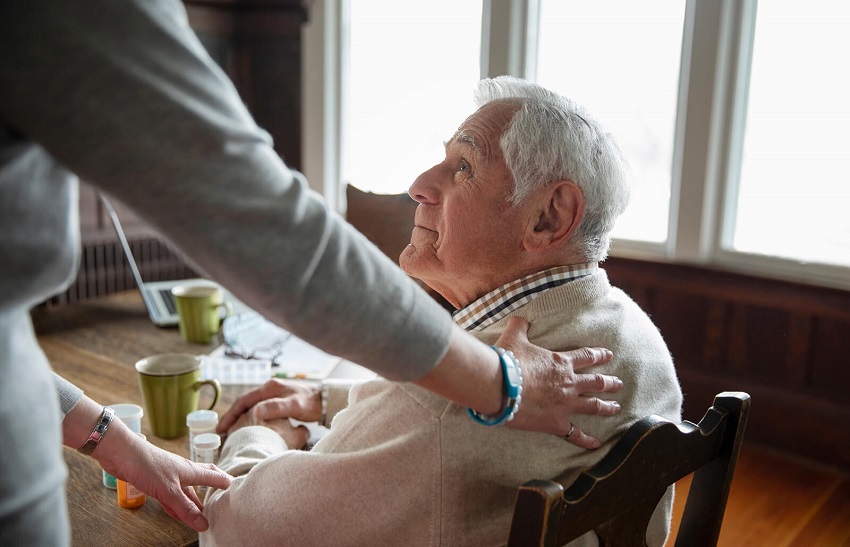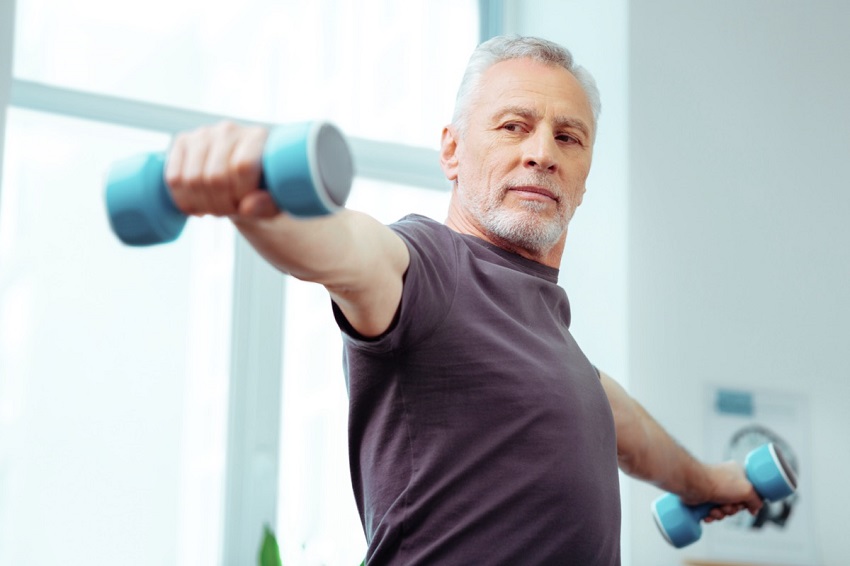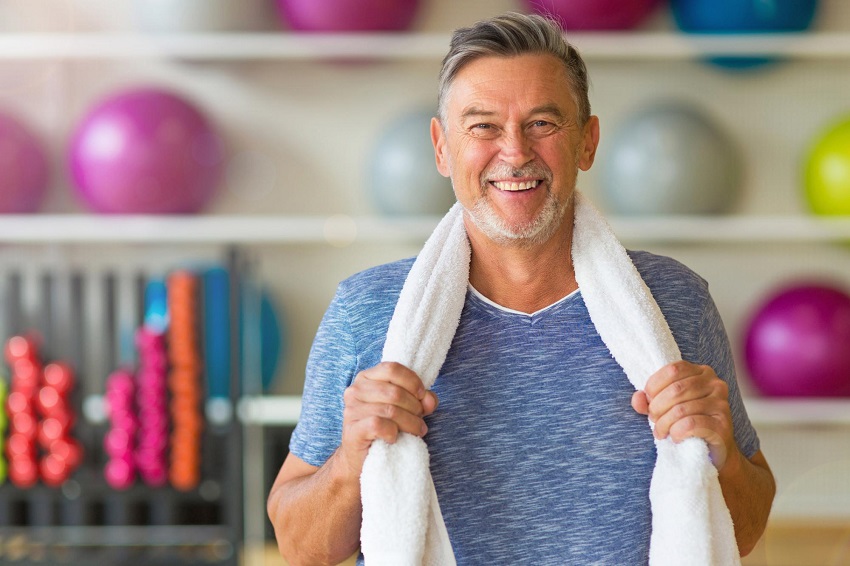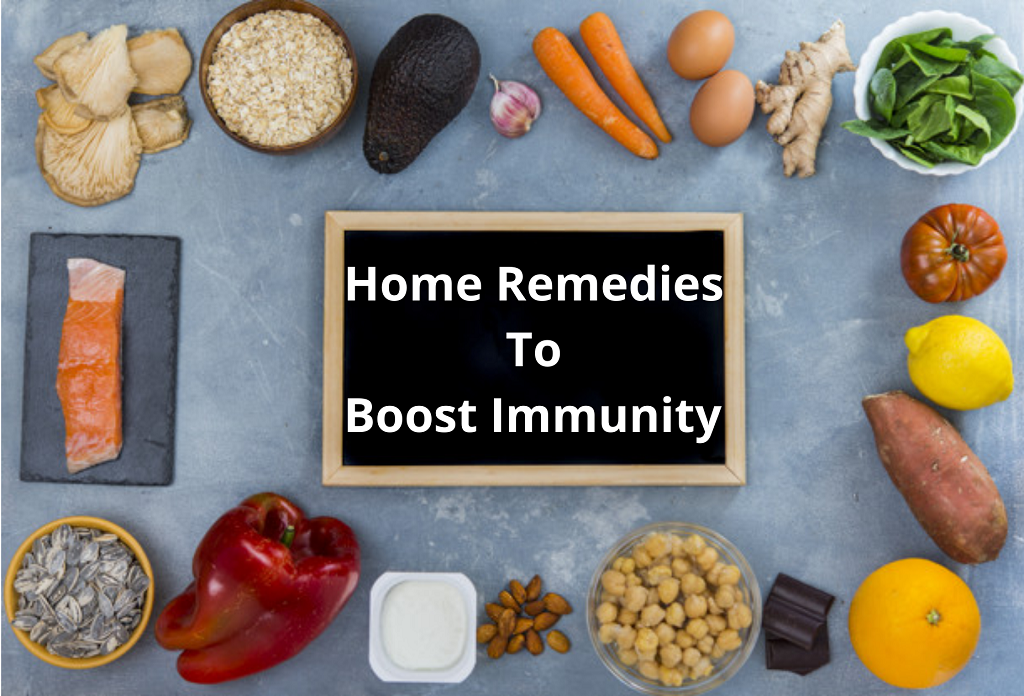When we reach 30 it is more difficult for us to lose weight, we no longer recover as well as before from physical activity and, if we have not exercised for a while, it takes us a little more than before to pick up the pace. Therefore, what can we do if we are 30 years old and want to start health care of ourselves a little more? Where do we start?
What Change Do We Experience In Our Body From The Age Of 30

As we age, our body is also undergoing changes. These changes have an important influence on our weight, our health, and how much or how little it will cost us to start taking health care of ourselves now if we have never done it before.
Among these changes, we find, on the one hand, that we tend to lose muscle mass, which makes it easier for our metabolism to slow down and it is easier to accumulate fat and more difficult to lose weight. Therefore, trying to maintain adequate muscle mass is a very important point after 30.
Another situation that we usually find ourselves at 30 is that in our 20s, especially women, we will have already done several diets and most likely they were not appropriate. Therefore, if we have followed several miracle diets and have suffered the well-known yo-yo effect, it is possible that our body composition has been changing and we have accumulated more fat and lost muscle.
In addition, at this age we tend to be somewhat more sedentary – especially if we have jobs that require us to sit for eight hours -, we sleep less, affecting not only our energy level but also our weight, and we are more stressed.
Where Can We Start To Take Care Of Ourselves After 30?
Take More Care Of Our Eating Habits
One of the first and most important steps that we can implement in our lives from the age of 30 is to take more care of our eating habits and what we eat. Possibly during our teens and twenties, we have been able to eat almost what we wanted without obvious consequences physically.
This is because our metabolism is somewhat faster. However, with age and muscle loss our metabolism slows down, we accumulate more fat and the externally visible physical consequences begin to be noticed – there are also health consequences, but those are less observable.
If we want to start taking care of ourselves inside and out, starting to do it for our food is a great first step. If we have not done it before, it is time to make vegetables, fruit, and vegetables the basis of our diet. We can prioritize the consumption of fresh foods, legumes, lean meats, nuts, and seeds.
Staying away from ultra-processed and pre-cooked foods, as well as products with added sugar, very high in salt or with saturated or unhealthy fats, is also important.
Start By Moving More And Moving Away From A Sedentary Life
At this age, especially depending on our work, sedentary life begins to take over us. Making an effort to have a more active life is a good step to start taking health care of yourself and feel better.
This does not mean only that we do some sport a day or a week, but that we are somewhat more active in our day. Whether it’s choosing the stairs instead of the elevator or escalator, going to errands on foot, or getting up to talk to an office colleague instead of texting, etc., moving around more helps a lot and it will show. in our health and our body.
Devoting weekends to doing something more active, stretching our bodies, or going for a walk with our pet for a while when we get home from work are also good options.
Pay Attention To Cardio, But Also To Strength Exercises
When we consider getting in shape and taking better health care of ourselves, especially if we are looking to lose weight, we tend to choose aerobic and cardio exercises. Of course, these are very important and it is a good idea that we choose them.
However, we must remember that from the age of 30 we begin to lose muscle mass and how this affects our metabolism and fat accumulation. Therefore, part of our efforts should be aimed at maintaining and improving our muscle mass.
If we want to start taking care of ourselves, it will be a good idea to combine cardio exercises with strength exercises. In this way, we will burn calories, but we will not neglect our muscles and we will favor strength, toning, and burning calories at rest.
Say Goodbye To Tobacco And Alcohol
If, in addition to taking care of ourselves, we want to stay younger and avoid premature aging, giving up alcohol and tobacco consumption – or reducing it to the minimum possible – is one of our best options.
Among other things, smoking and consuming alcohol greatly contribute to our biological aging, directly affecting DNA. Not only that, but smoking, for example, affects our muscles and makes them less resistant, and affects our mobility. In short, to stay as healthy and young as possible, quitting smoking and drinking alcohol is of vital importance.
Reduce Stress With Relaxing Activities
Stress greatly affects our health and well-being, but also our weight. From the age of 30 these stress levels tend to increase, mainly because, in general, we begin to have more responsibilities: work, children, home, etc.
Getting away from this stress is very important to take health care of ourselves. To do this, we can not only carry out practices that we find pleasant and hobbies that relax and distract us, but we can also learn breathing or relaxation techniques such as Jacobson’s. It may also be a good idea to start practicing activities such as Yoga or Pilates.
In addition, making sure we maintain adequate levels of rest is also important: stay away from caffeine at night, disconnect from electronic and digital devices for a while before going to sleep, create an environment of light and temperature suitable for sleeping, as well as playing sports, drinking relaxing infusions or listening to music before bed can be of great help.
Work On Flexibility
With the passing of the years and the increase in a sedentary life, in addition to the highest levels of stress, you will surely notice how you are becoming stiffer and stiffer.
Staying flexible will not only help our muscles to have greater mobility, but it will also prevent us from hurting ourselves, suffering injuries, and having pain as common as back pain. In addition, it is an excellent way for our muscle fibers to stay young for much longer.
To work on the flexibility we can stretch in the morning before starting the day, practice Yoga or Pilates, and always, always remember to stretch after our sports training, whatever it may be.
You may also be interested in Looking Back: The Best Heart Health Tips of 2012

